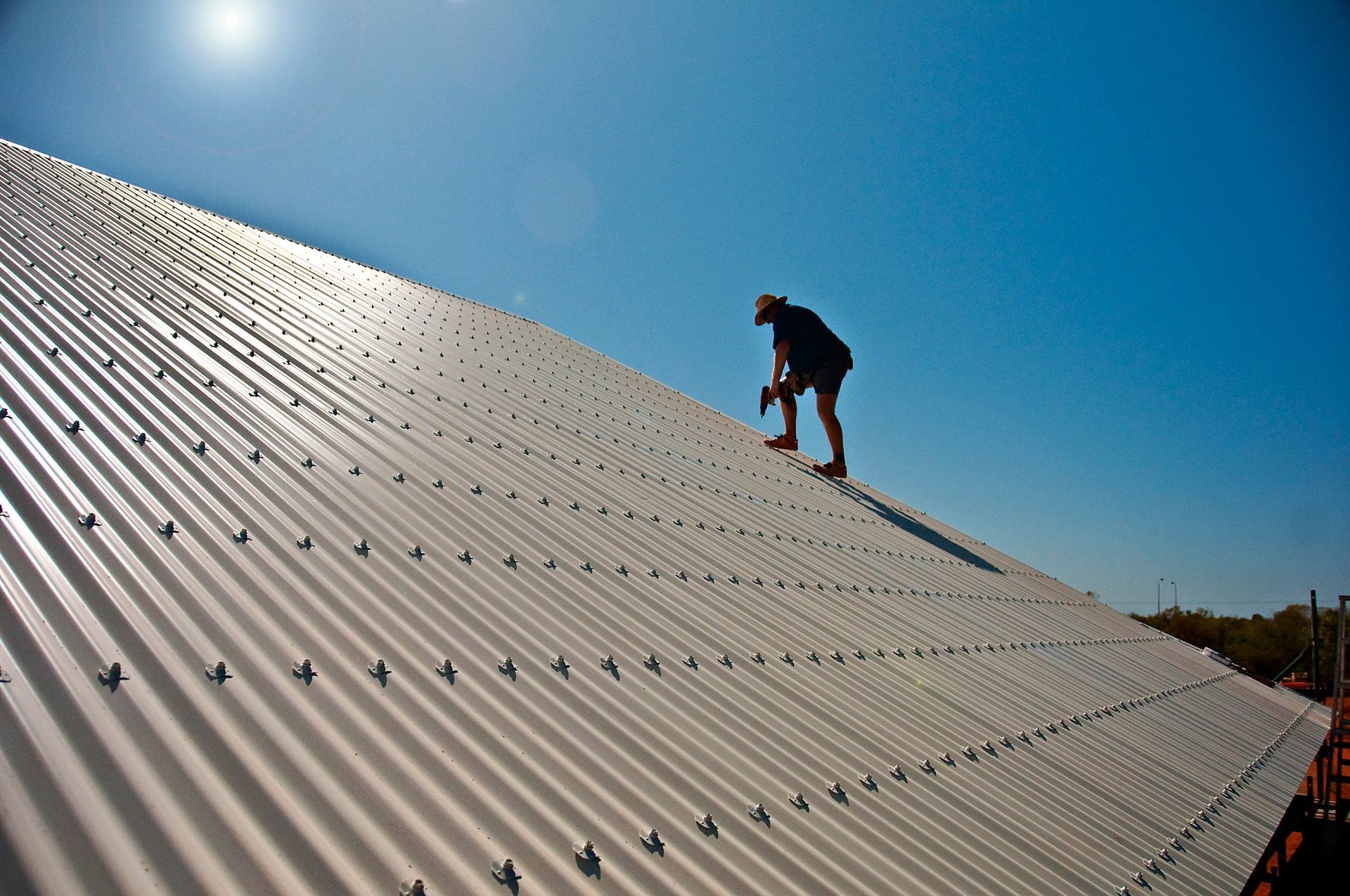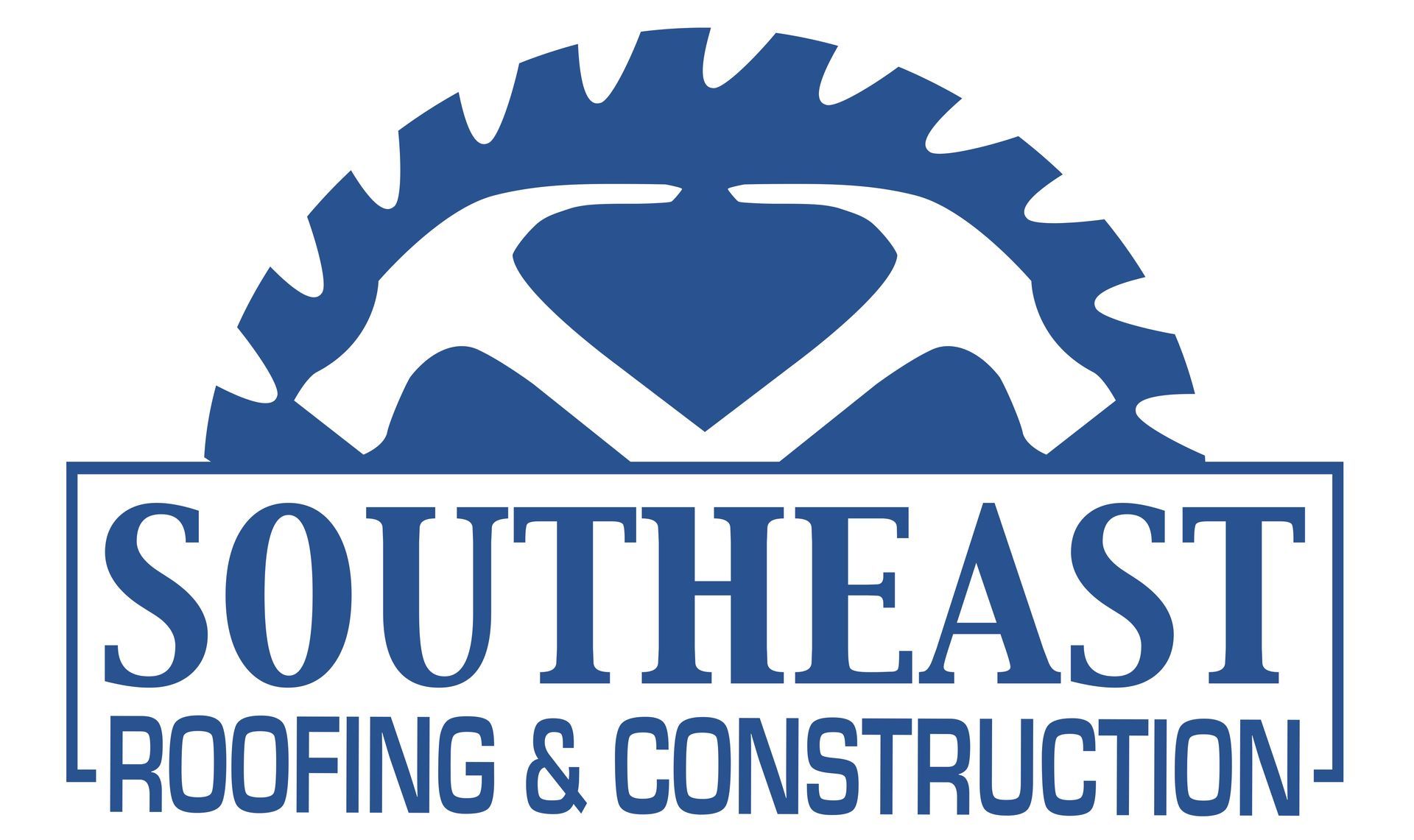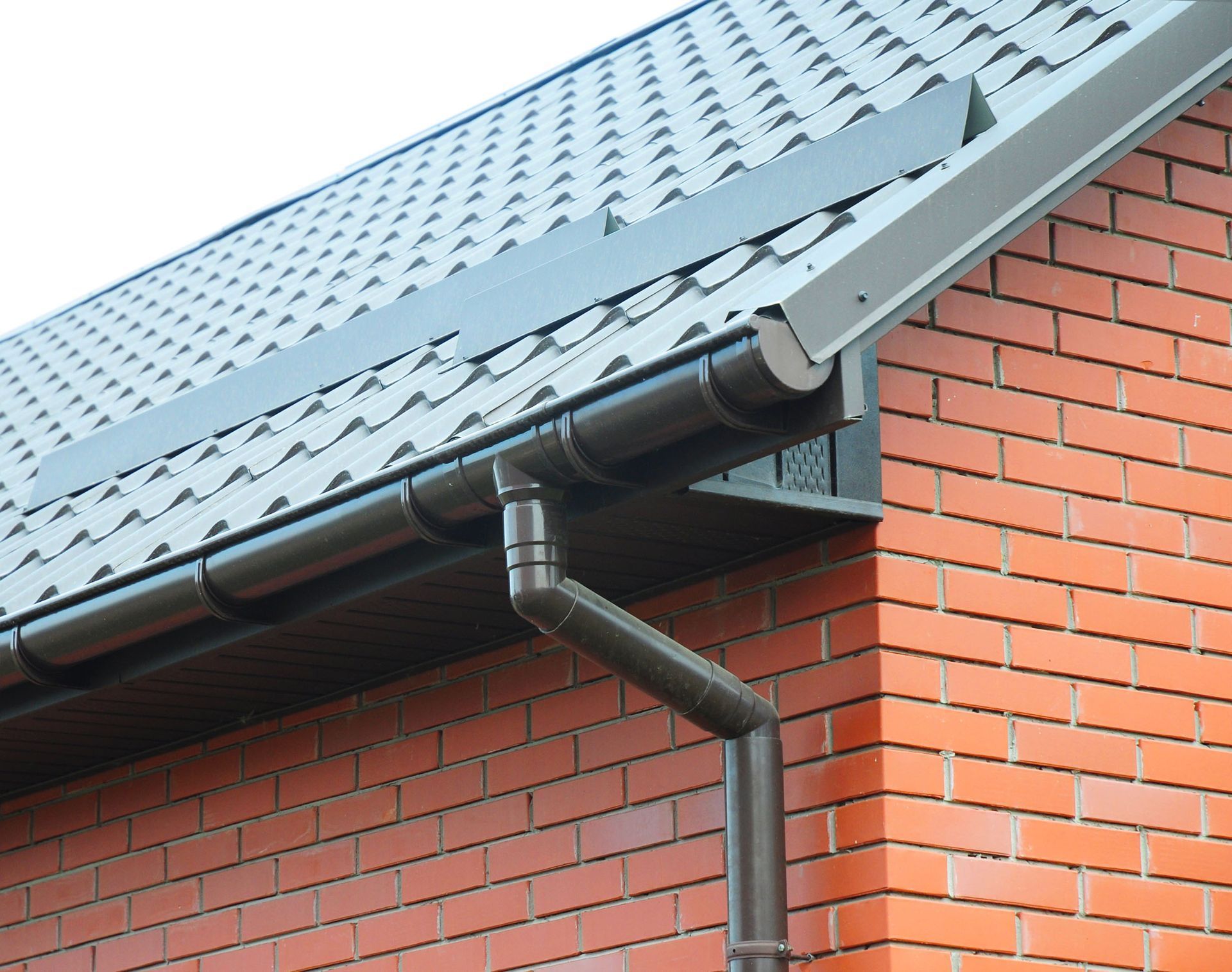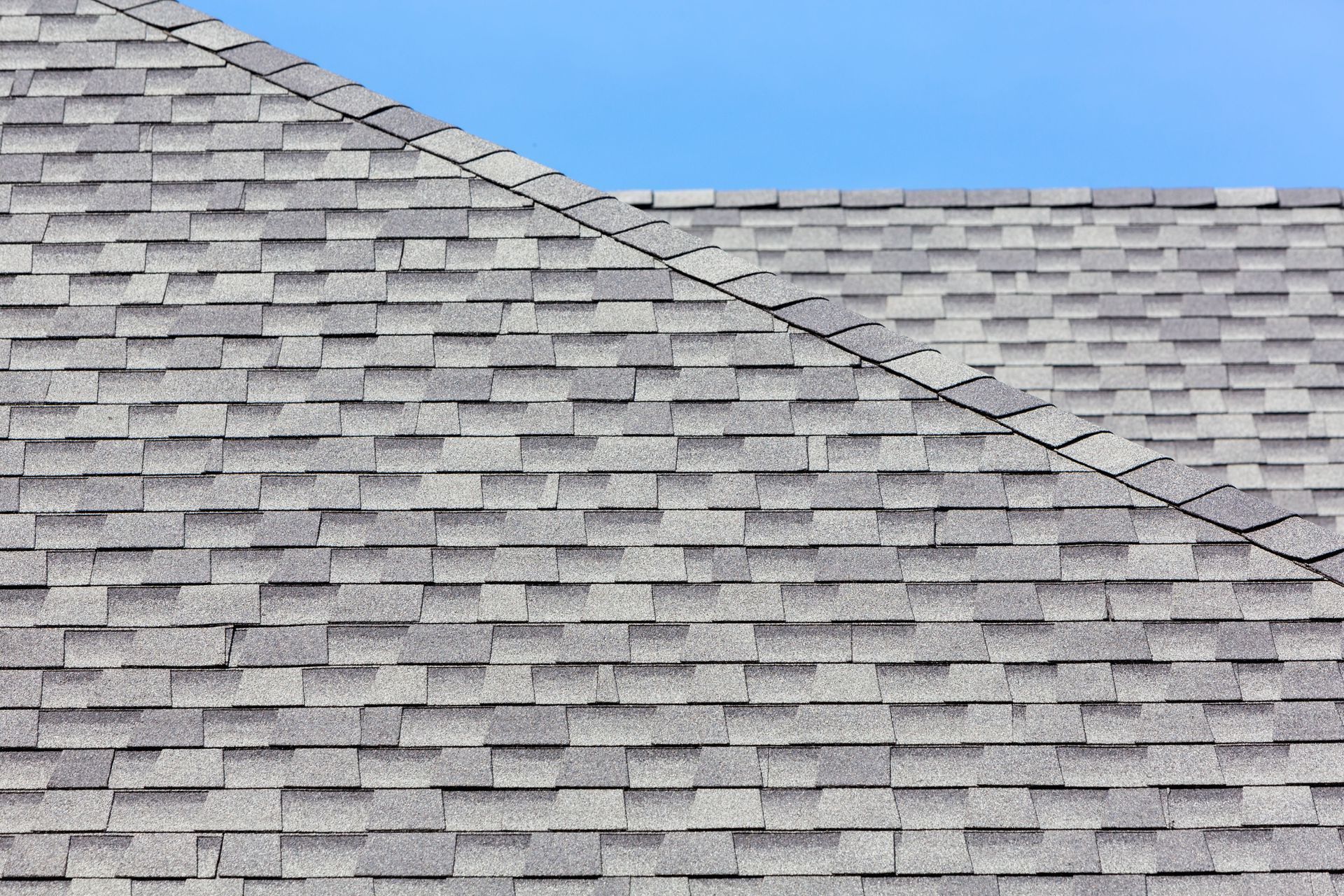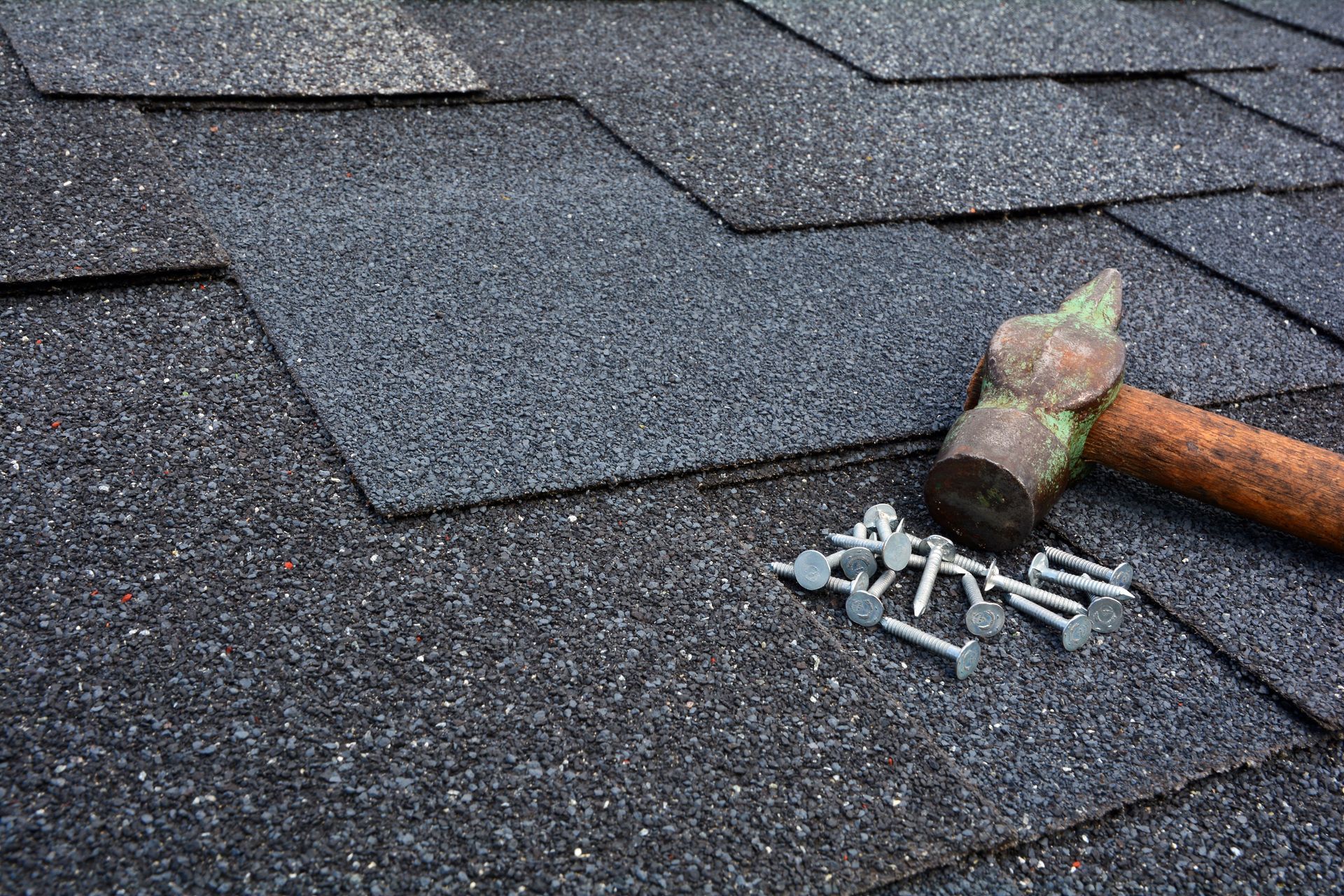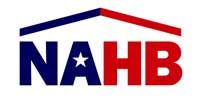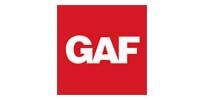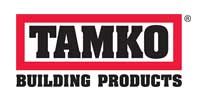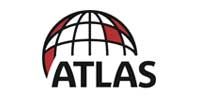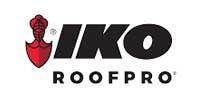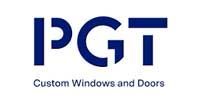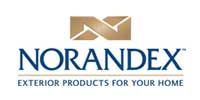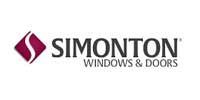March 26, 2025
In the world of home improvement, selecting the right roofing material is a crucial decision that affects not only the aesthetics of your home but also its functionality and longevity. Metal roofing has emerged as a popular option for homeowners due to its durability and modern appearance. However, as with any material, it's important to weigh both the advantages and disadvantages. In this post, we'll delve into the pros and cons of metal roofing to help you make an informed decision when getting started with roofing companies.
Durability
One of the standout benefits of metal roofing is its remarkable durability. According to This Old House, metal roofs can last over 50 years, which is significantly longer than traditional asphalt shingles that typically need replacement every 20 years. This longevity makes metal an economical option in the long run. Additionally, metal roofs are highly resistant to harsh weather conditions, such as high winds, heavy snow, and hail, providing reliable protection for your home.
One of the standout benefits of metal roofing is its remarkable durability. According to This Old House, metal roofs can last over 50 years, which is significantly longer than traditional asphalt shingles that typically need replacement every 20 years. This longevity makes metal an economical option in the long run. Additionally, metal roofs are highly resistant to harsh weather conditions, such as high winds, heavy snow, and hail, providing reliable protection for your home.
Energy Efficiency
Metal roofs are also known for their energy efficiency. They reflect solar radiant heat, which can reduce cooling costs during warmer months. This reflective nature helps regulate indoor temperatures and makes homes more energy-efficient. Furthermore, metal roofing is often made from recycled materials and is recyclable at the end of its life, making it an environmentally friendly choice for eco-conscious homeowners.
Metal roofs are also known for their energy efficiency. They reflect solar radiant heat, which can reduce cooling costs during warmer months. This reflective nature helps regulate indoor temperatures and makes homes more energy-efficient. Furthermore, metal roofing is often made from recycled materials and is recyclable at the end of its life, making it an environmentally friendly choice for eco-conscious homeowners.
Drawbacks
Despite its numerous benefits, there are some drawbacks to consider when it comes to metal roofing. One primary concern is the initial installation cost, which tends to be higher than other roofing materials. Additionally, while metal roofing offers excellent durability, it can be noisy during heavy rain or hailstorms if not properly insulated. Another aspect to consider is the potential for dents or damage from falling debris, though modern metal roofs are designed to prevent this issue.
Metal roofing offers a range of benefits that make it an attractive option for many homeowners. Its durability, energy efficiency, and environmental benefits are significant, but it is important to weigh these advantages against the higher upfront costs and potential noise issues. By carefully considering these factors, you'll be better equipped to determine if metal roofing is the right choice for your home. If you're looking into
roofing companies
and want to explore metal roofing, contact our team at Southeast Roofing & Construction today!
Despite its numerous benefits, there are some drawbacks to consider when it comes to metal roofing. One primary concern is the initial installation cost, which tends to be higher than other roofing materials. Additionally, while metal roofing offers excellent durability, it can be noisy during heavy rain or hailstorms if not properly insulated. Another aspect to consider is the potential for dents or damage from falling debris, though modern metal roofs are designed to prevent this issue.
Metal roofing offers a range of benefits that make it an attractive option for many homeowners. Its durability, energy efficiency, and environmental benefits are significant, but it is important to weigh these advantages against the higher upfront costs and potential noise issues. By carefully considering these factors, you'll be better equipped to determine if metal roofing is the right choice for your home. If you're looking into roofing companies and want to explore metal roofing, contact our team at Southeast Roofing & Construction today!
